Graforce plasma electrolysis for efficient generation of hydrogen from industrial waste water; partnering with Audi
Green Car Congress
OCTOBER 18, 2018
Berlin-based Graforce Hydro GmbH, the developer of a plasma electrolyzer—the Plasmalyzer —is applying its technology for the highly efficient generation of hydrogen from industrial waste water. The current Plasmalyzer offers highly efficient water splitting. Only purified water and oxygen remain as waste products.


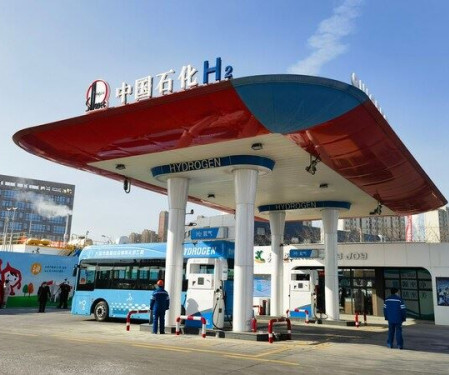




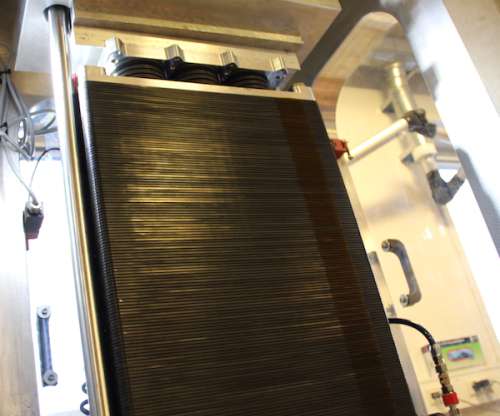














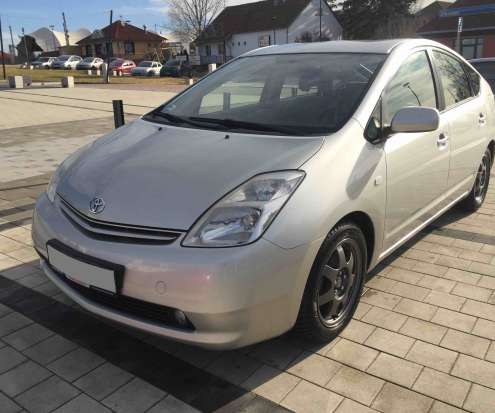

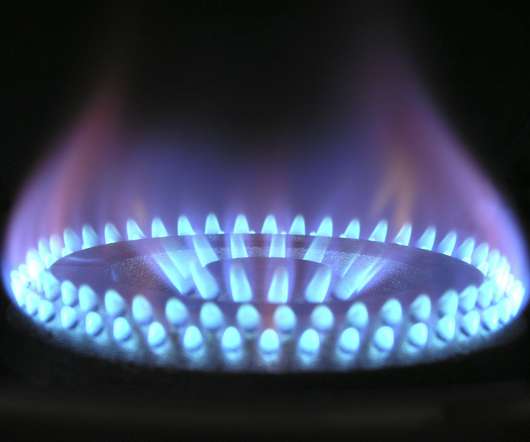





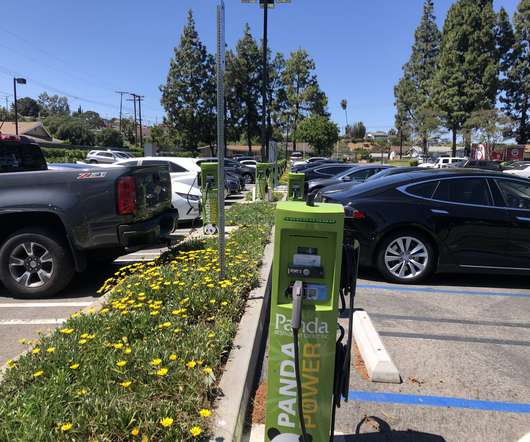


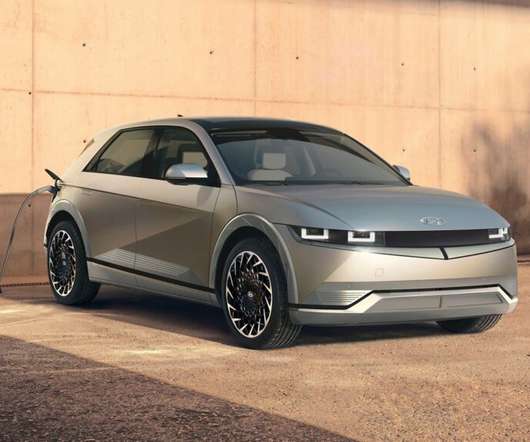

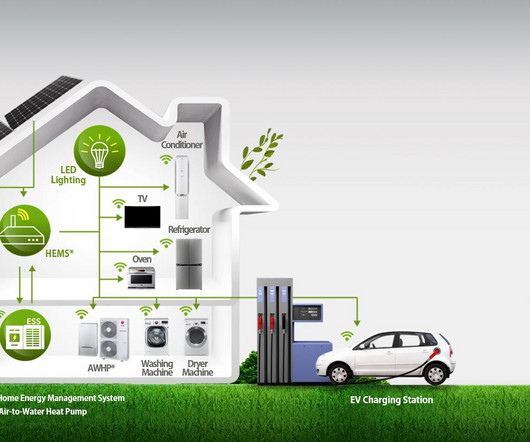






Let's personalize your content